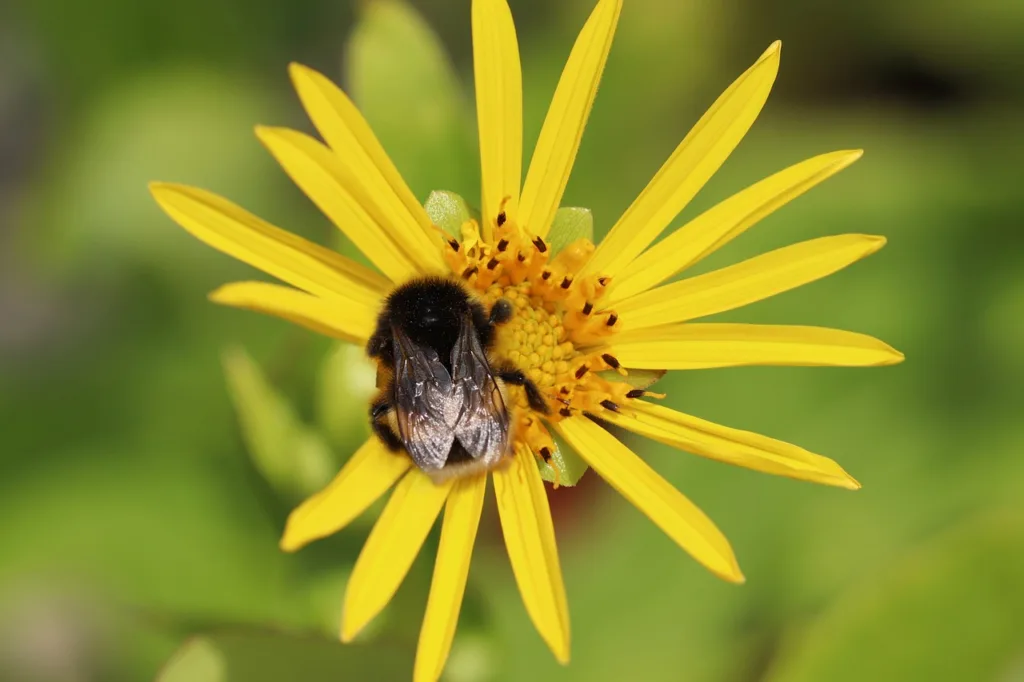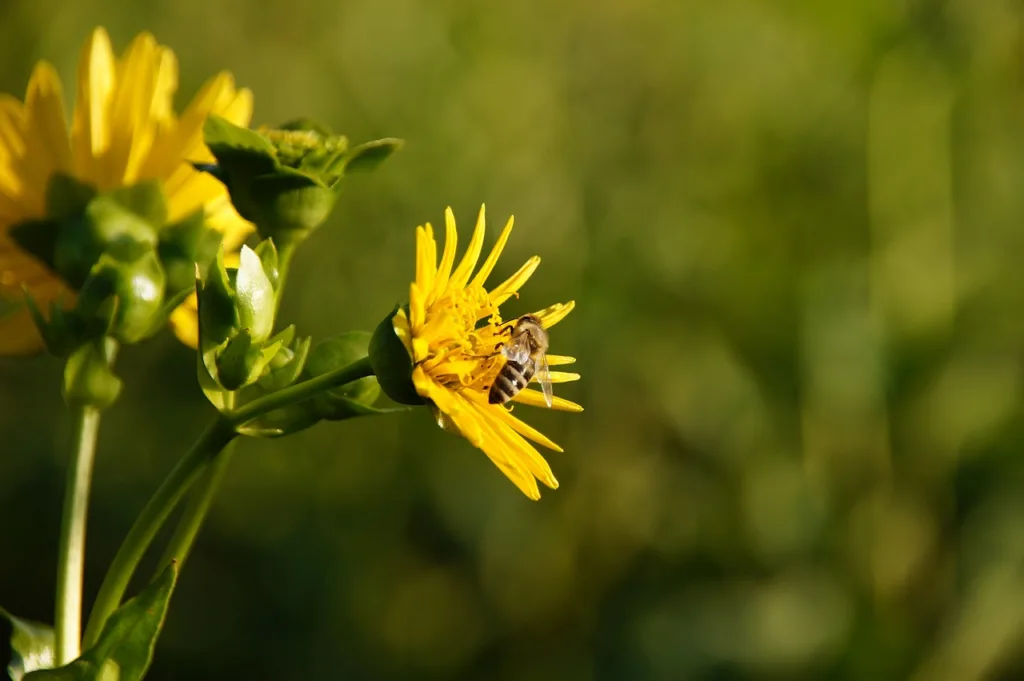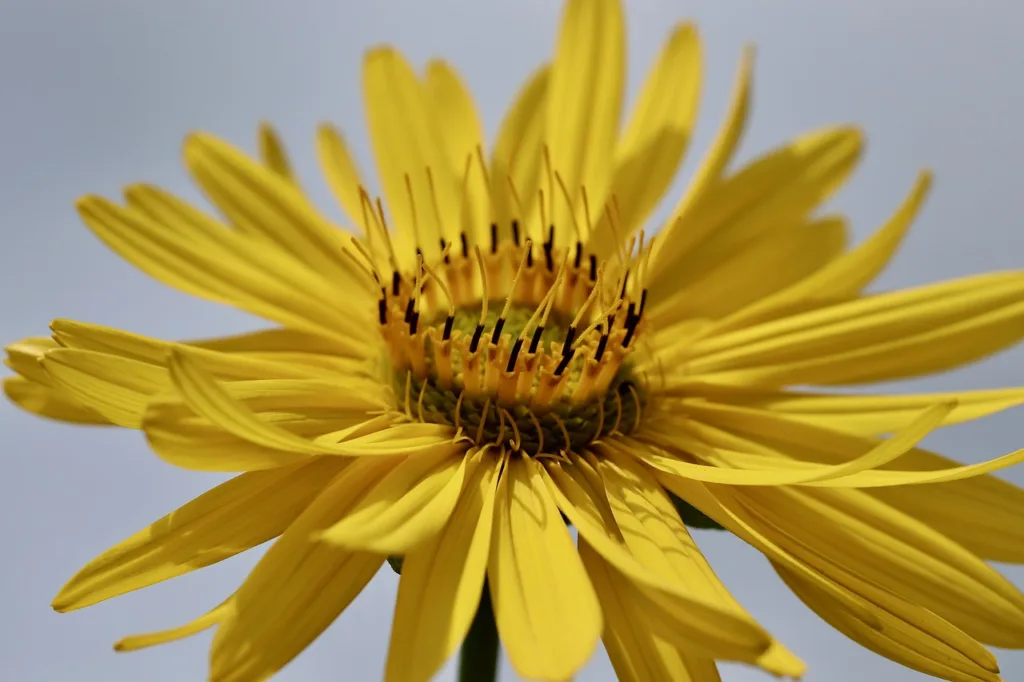Welcome to our comprehensive guide on how to grow and care for cup plants! Whether you are new to gardening or already have some experience, cup plants can be a unique and rewarding addition to your garden.
The cup plant (Silphium perfoliatum) produces attractive yellow flowers that look like sunflowers. These bright yellow flowers are present atop tall stems and have a central disc surrounded by ray-like petals.
The flowers of the cup plant are known to attract a variety of pollinators including bees, butterflies, and other insects due to their nectar and pollen.
They often bloom in the summer months and produce seeds that are a source of food for birds and small mammals.
In this blog post, we will delve into the world of cup plants, exploring their characteristics, how to grow them from seeds, and the essential care they need to thrive. So grab your gardening gloves and let’s get started!
What Are Cup Plants?
Cup plants, also known by their scientific name Silphium perfoliatum, are perennial plants native to North America.
They are named for their distinct cup-shaped leaves that grow around the stem, creating a unique and eye-catching appearance.
The ecological role of the cup plant includes providing habitat, attracting wildlife, and aiding soil conservation.
It is a tall, sturdy plant that produces bright yellow flowers and attracts a variety of pollinators and birds. Cup plants can reach heights of up to 10 feet, making them a striking addition to any garden or landscape.
There are two varieties:
Silphium perfoliatum var. connatum
Silphium perfoliatum var. perfoliatum
However, it may exhibit some variation in size and flowering between different regional populations.
These variations can affect factors such as plant height, size of leaves, and shade of yellow flowers. However, these variations have not been formally classified as distinct types.
| Scientific classification | Taxonomic Rank | |
|---|---|---|
| Kingdom | Plantae | |
| Clade | Angiosperms | |
| Clade | Eudicots | |
| Clade | Asterids | |
| Order | Asterales | |
| Family | Asteraceae | |
| Genus | Silphium | |
| Species | S. perfoliatum |

Growing Cup Plants from Seeds
Before you embark on your cup plant journey, you will need to gather the necessary supplies. Here’s what you’ll need:
- Cup plant seeds: You can purchase cup plant seeds online or from your local nursery. Be sure to choose a reputable source to ensure high-quality seeds.
- Potting soil: Cup plants thrive in well-draining soil, so choose a high-quality potting mix.
- Pots or trays: Small pots or seed trays will be required for starting the seeds indoors.
- Watering can or spray bottle: Cup plants require consistent moisture, especially during germination.
- Grow lights or a sunny spot: Cup plants prefer full sun, so if you are starting them indoors, invest in grow lights or place them near a sunny window.
Now that you have all your supplies ready, you’re ready to begin the journey of growing plants from seeds!
- Start by filling your pots or seed trays with potting soil, leaving about half an inch of space at the top for watering.
- Moisten the soil evenly with water. You can use a watering can or a spray bottle for gentle watering.
- Sow the cup plant seeds on the surface of the soil, spacing them about an inch apart.
- Gently press the seeds into the soil, making sure they have good contact but are not buried too deeply.
- Cover the pots or trays with a light layer of vermiculite or additional potting soil to provide insulation and maintain moisture.
- Place the pots or trays in a warm location with bright, indirect light or under grow lights if you are starting them indoors.
- Keep the soil consistently moist but not waterlogged. You can mist the seeds lightly with water to provide moisture without disturbing their seeds.
- Germination should occur in about 7-14 days. Once the seedlings have about two sets of true leaves, you can transplant them into larger pots or directly into the garden.
Caring for Cup Plants
Cup plants are relatively low-maintenance once established, but they do require some care to thrive. Here are some essential tips to keep your cup plants happy and healthy:
Watering
Cup plants prefer consistent moisture, especially during hot and dry periods. Water them deeply once a week, ensuring the soil is evenly moist but not waterlogged.
In hotter climates, you may need to water more frequently. Regularly check the moisture level of the soil and adjust your watering schedule accordingly.
Soil and Fertilizer
Cup plants prefer well-draining soil with a slightly acidic to neutral pH level. If your soil is heavy and clay-like, consider adding organic matter like compost to improve drainage.
No additional fertilizer is typically needed for cup plants, as they are naturally adapted to nutrient-rich environments. However, if your soil is poor, you can add a balanced slow-release fertilizer during the growing season.
Pruning
While cup plants don’t require extensive pruning, occasional maintenance can help keep them looking tidy and prevent overcrowding.
Cut back any dead or damaged stems in the early spring before new growth starts. You can also pinch back the tips of the stems to promote bushier growth and prevent the plant from becoming too tall and leggy.

Pests and Diseases
Cup plants are generally resistant to pests and diseases, making them a relatively hassle-free plant. However, like any garden plant, they can still be susceptible to occasional issues.
Keep an eye out for common garden pests such as aphids or leaf miners, and treat them promptly with organic insecticides if necessary. Proper air circulation and avoiding overwatering can also help prevent fungal diseases.
Supporting Cup Plants
As cup plants can grow quite tall, providing support to prevent them from toppling over is essential. You can use stakes or a trellis to support the stems and keep them upright.
It’s best to install these supports early in the growing season to avoid damaging the roots later on.
Conclusion
Congratulations! You are now equipped with the knowledge to successfully grow and care for cup plants.
From starting them from seeds to providing the necessary care, cup plants can be a beautiful addition to your garden.
Remember to provide ample sun, regular watering, and occasional pruning to keep your cup plants thriving. Enjoy their unique cup-shaped leaves and the beauty they bring to your landscape. Happy gardening!
People also ask
- What is the cup of a plant? The cup plant, Silphium perfoliatum, gets its name from the way its leaves clasp the stem, forming a “cup” that can hold water after rain.
- Why is it called a cup plant? The plant is named ‘cup plant’ due to the way the leaves are attached to the stem, forming cups that can collect rainwater or morning dew.
- Does cup plant have flowers? Yes, cup plants have yellow flowers that bloom in summer, attracting pollinators like bees and butterflies.
- How do you identify a cup plant? Cup plants are recognized by their opposite leaves that clasp the stem, giving the appearance of a cup. They can grow quite tall, often reaching heights of 6-10 feet (1.8-3 meters).
- What are the characteristics of a cup plant? Apart from the cup-shaped leaves, they have tall, sturdy stems with clusters of bright yellow, daisy-like flowers that typically bloom in summer. Their height and cup-shaped leaves are distinguishing features.

